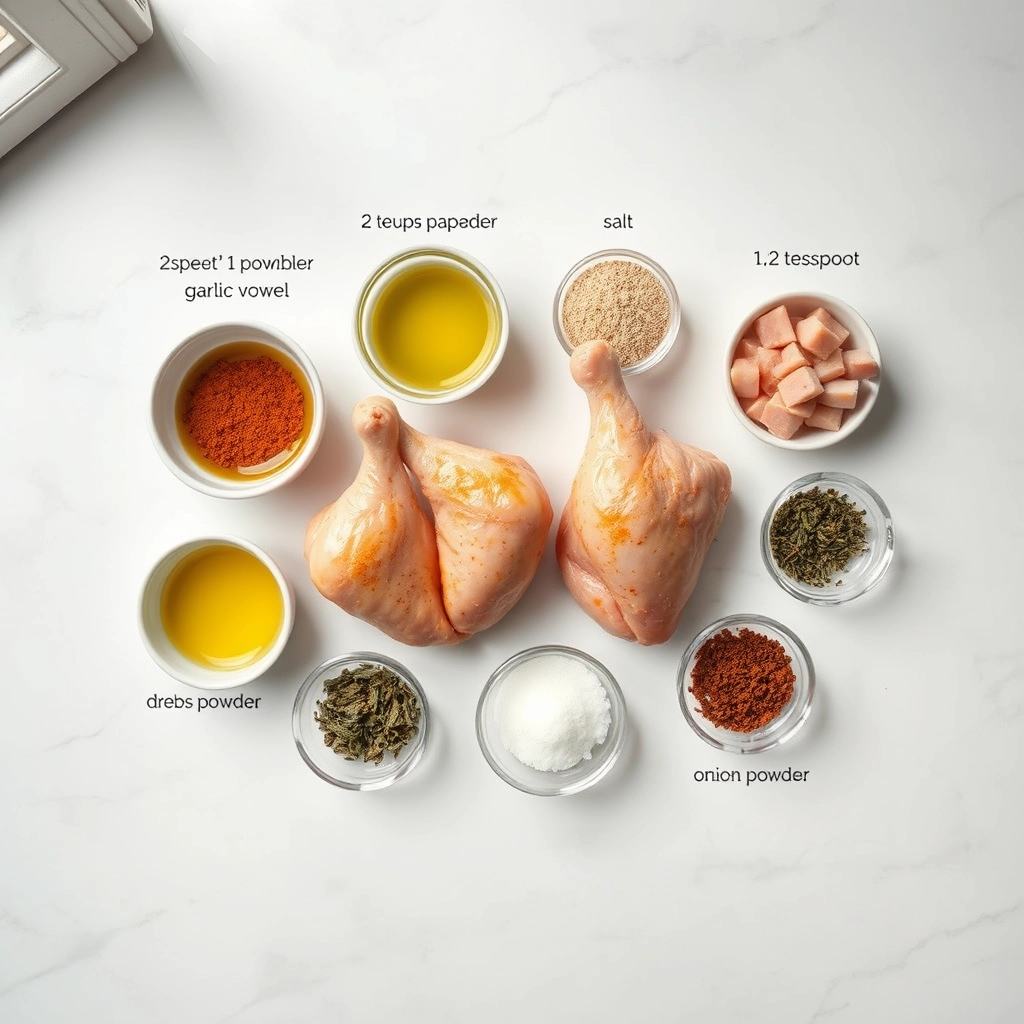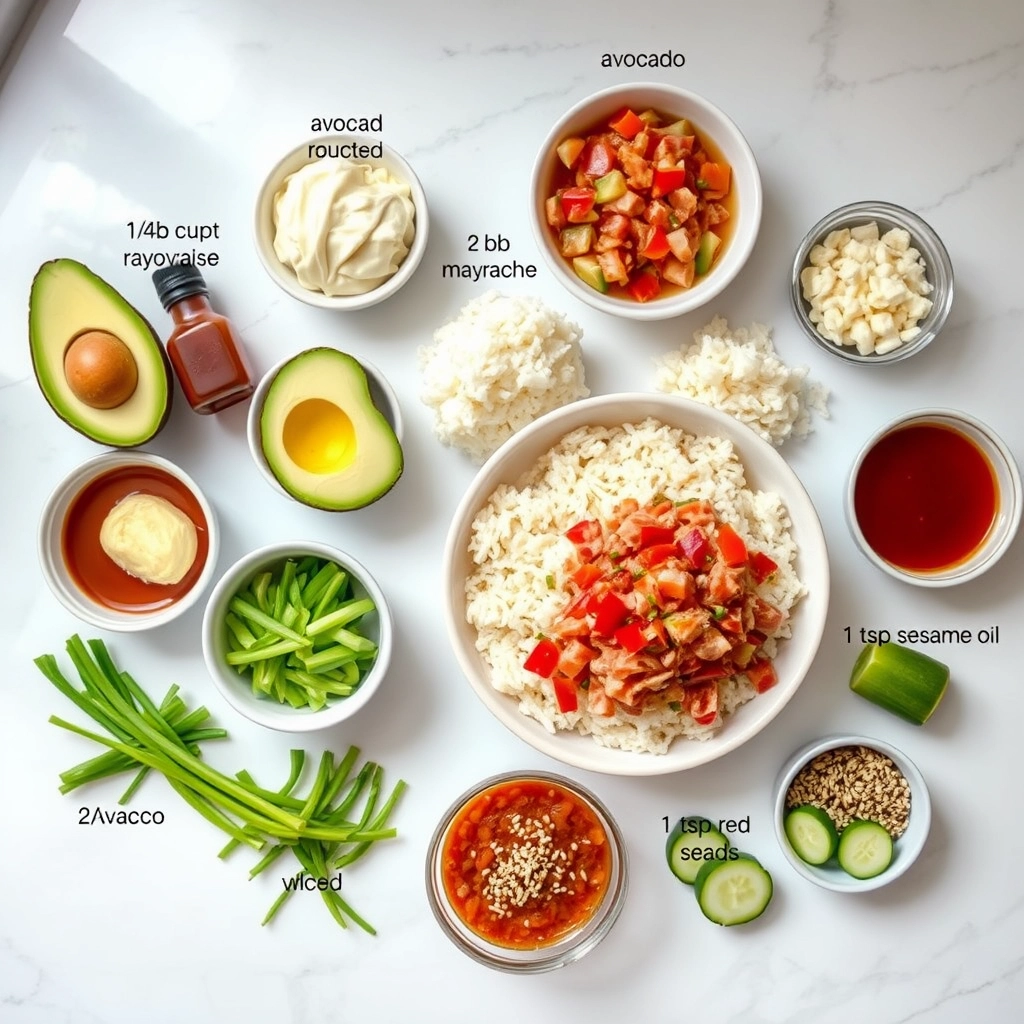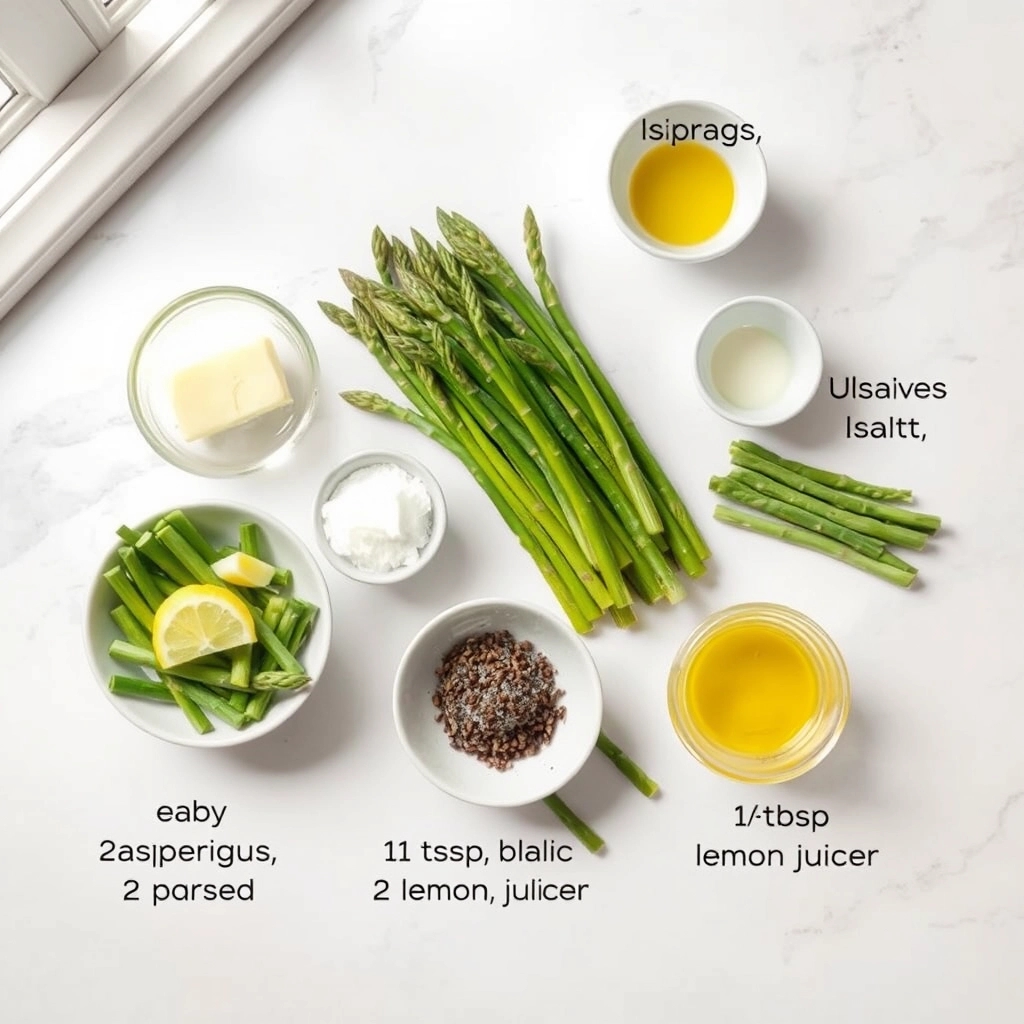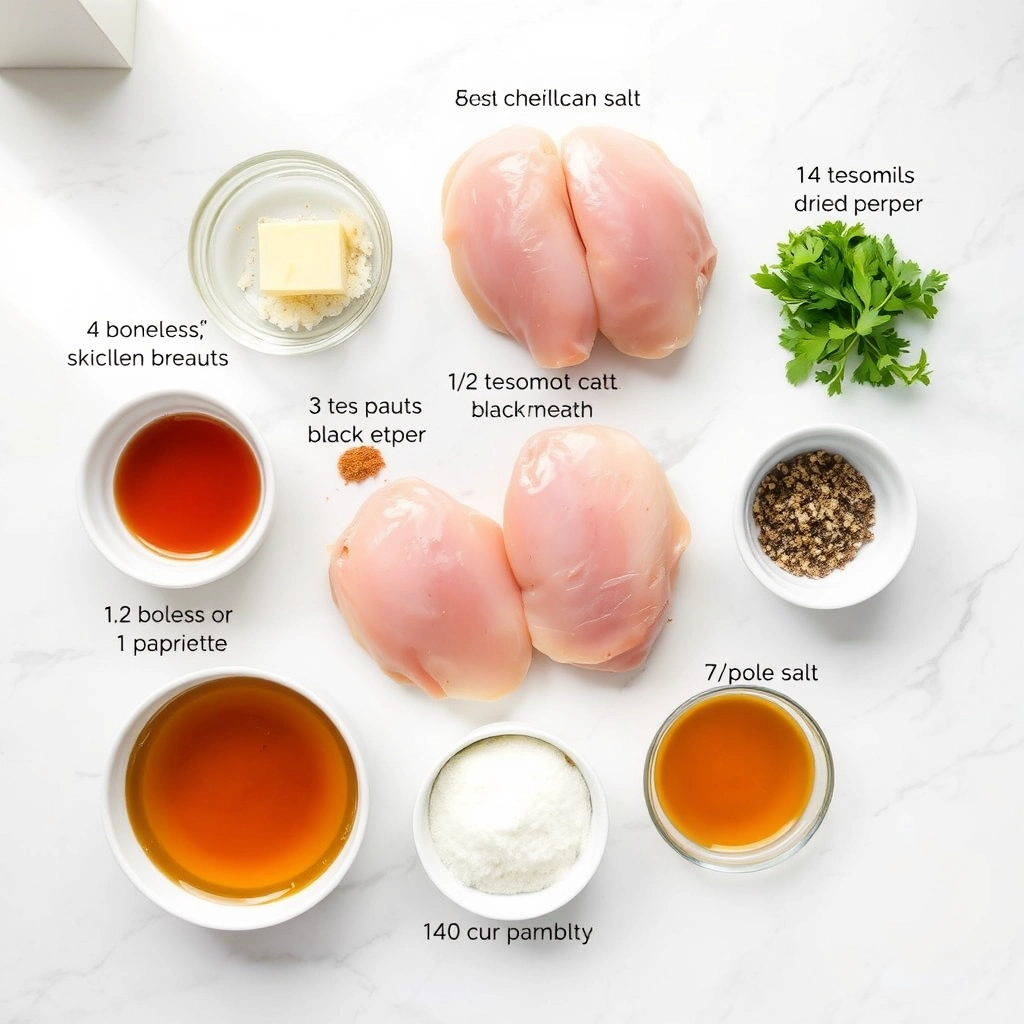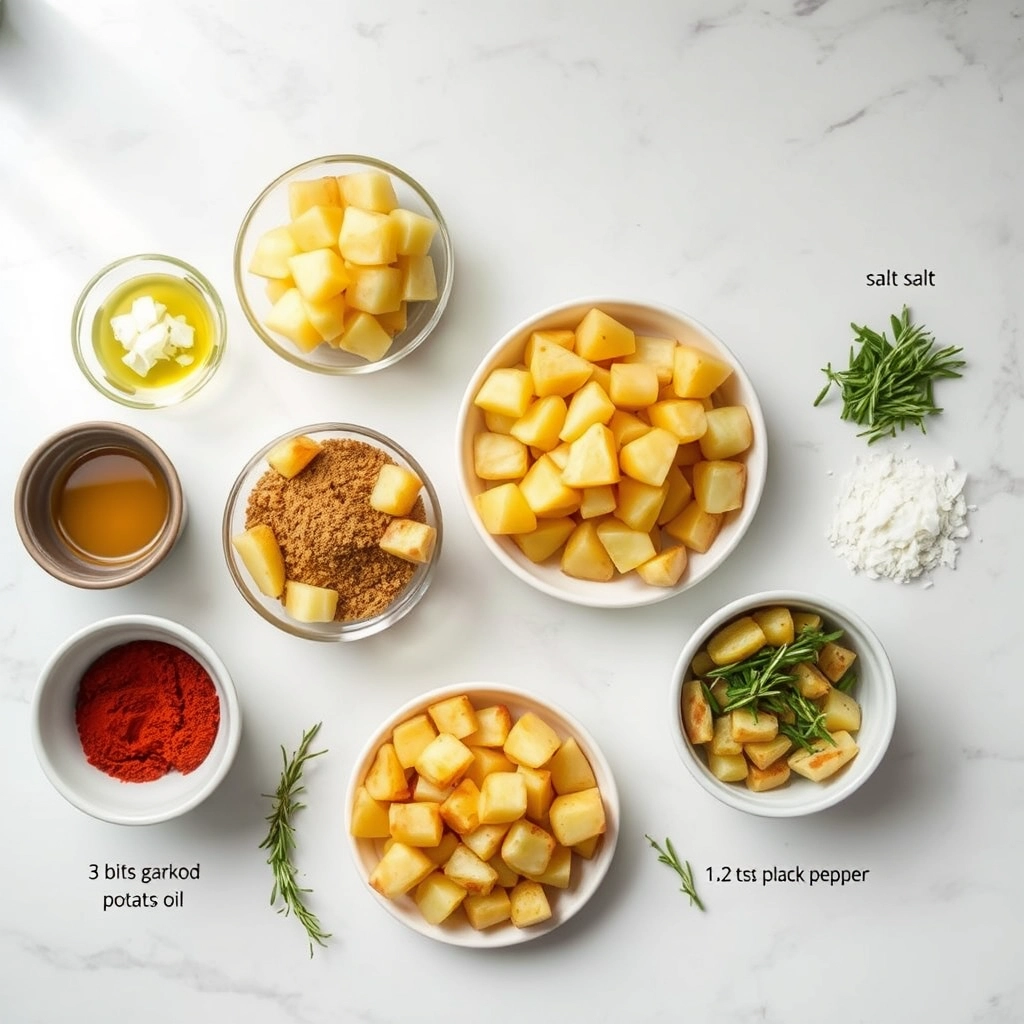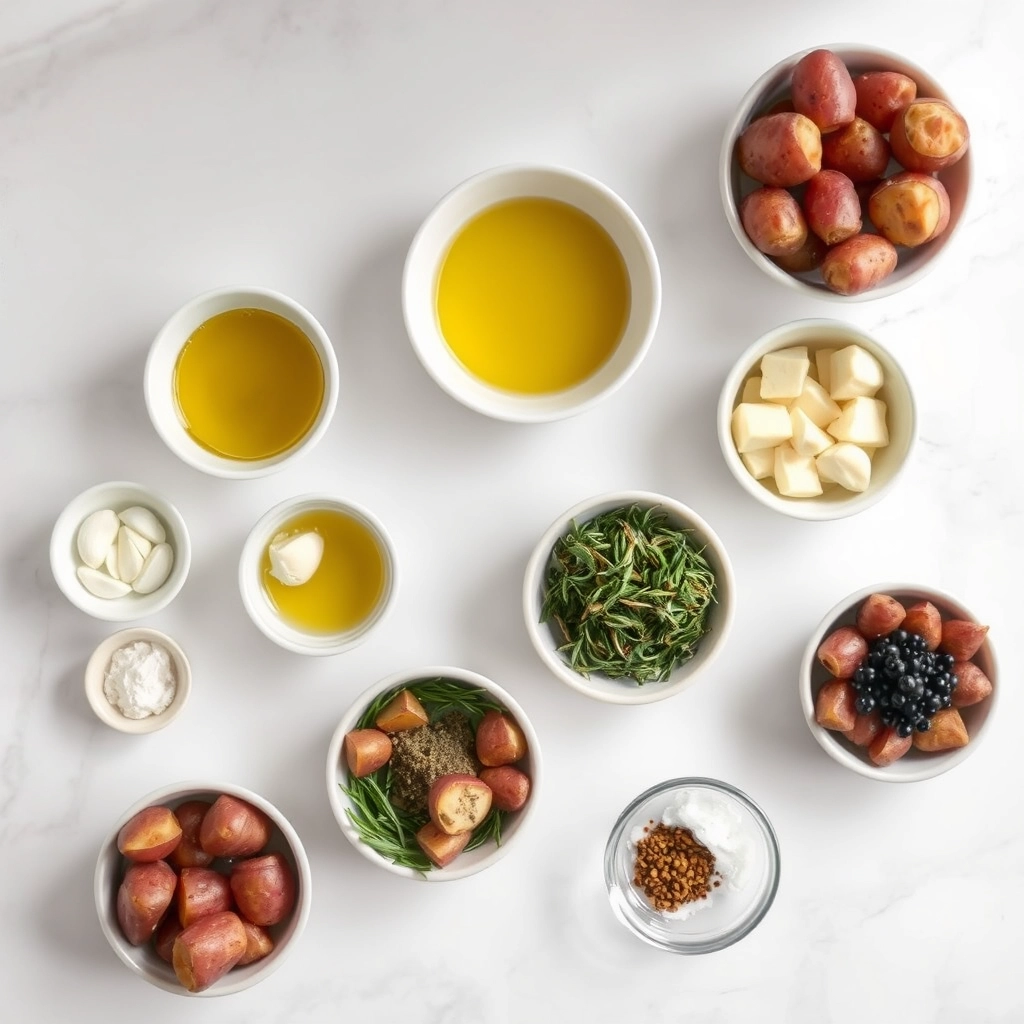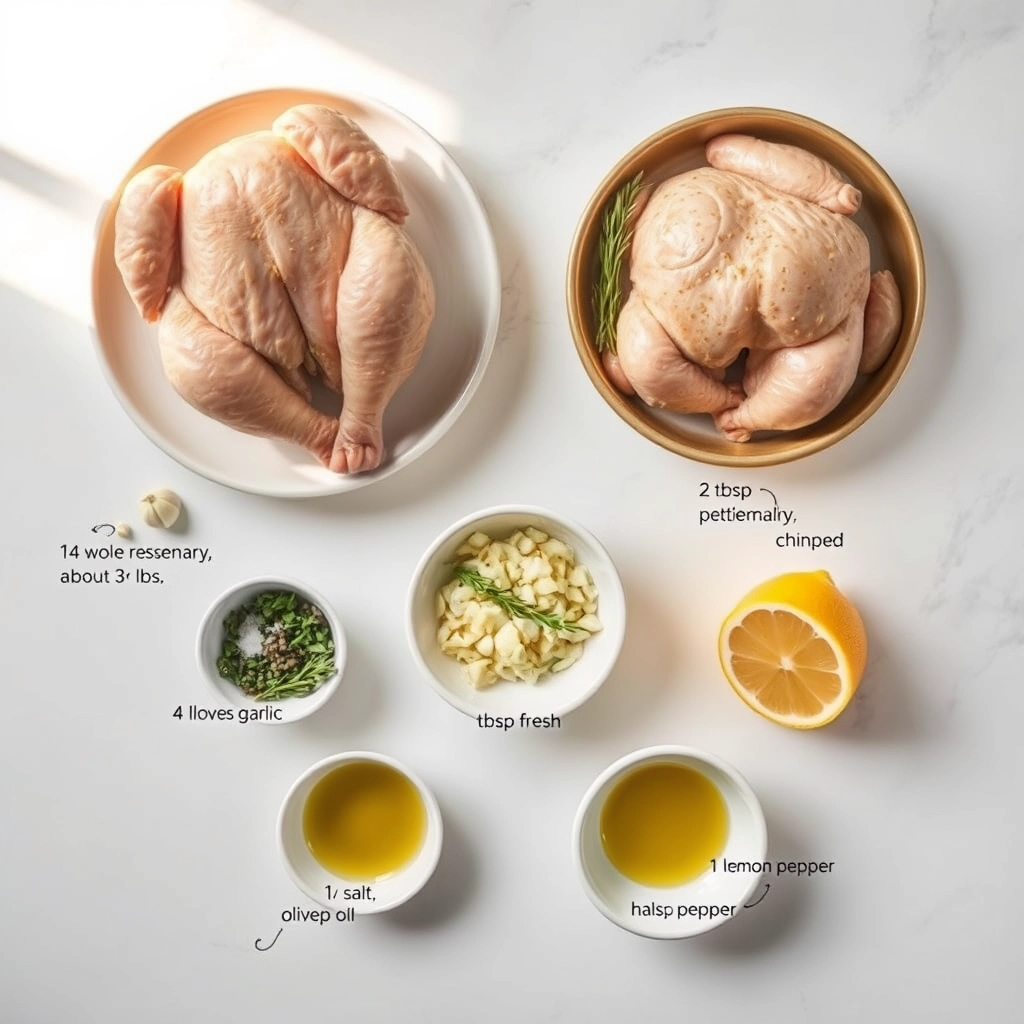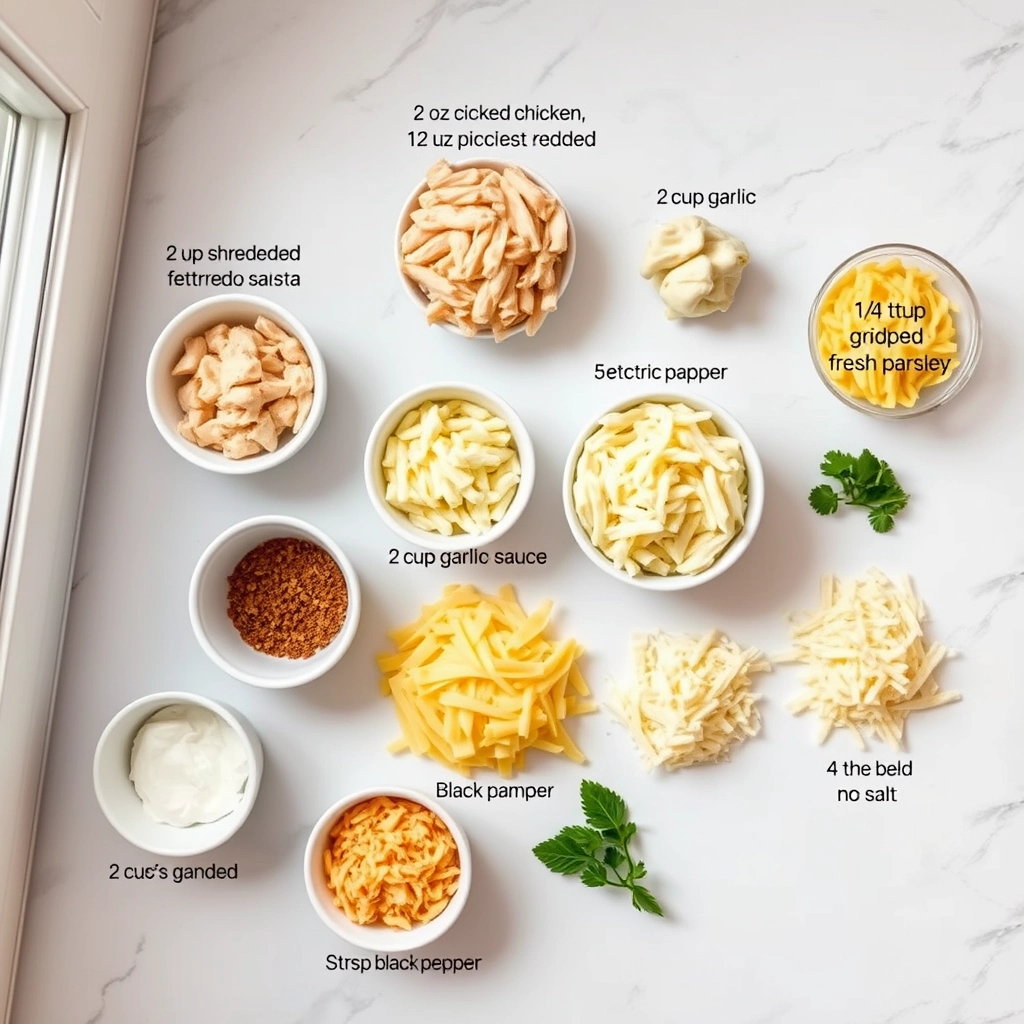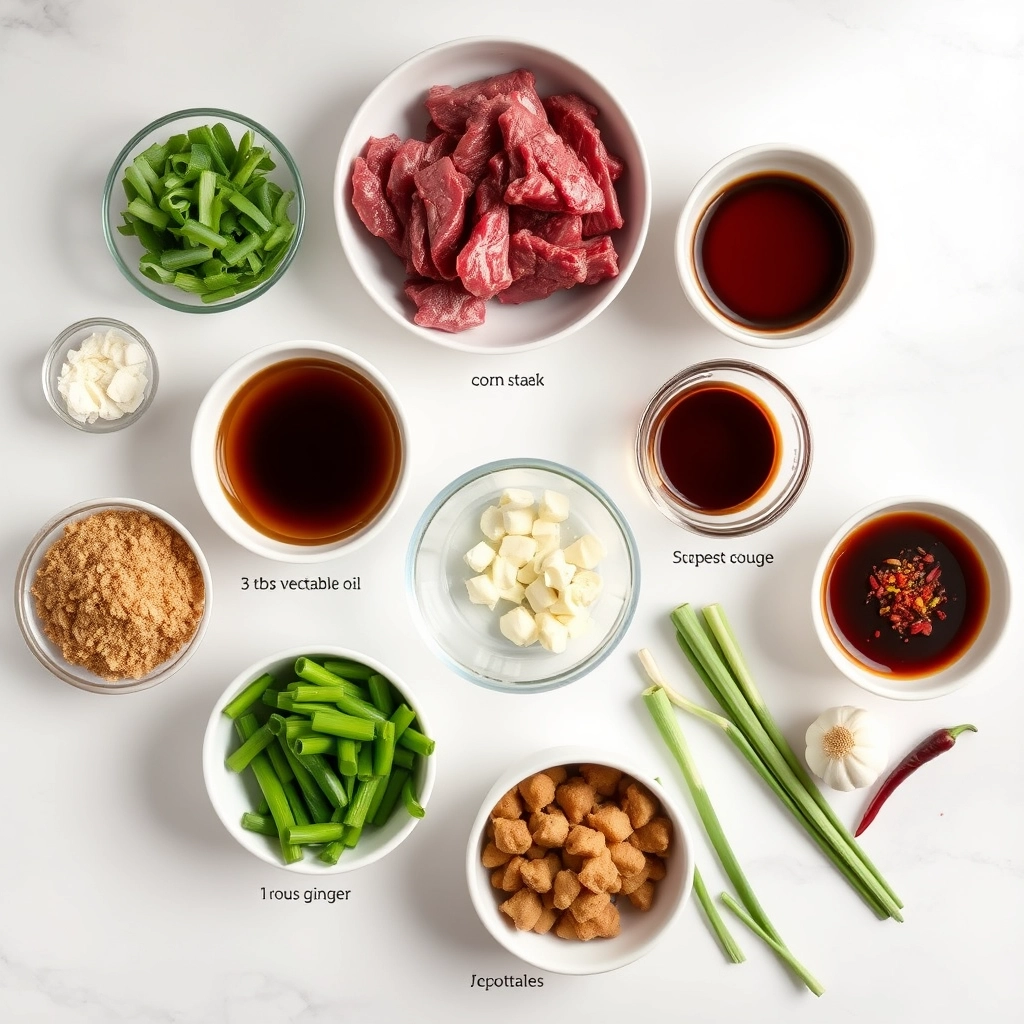The Secret to the Juiciest, Most Flavorful Shrimp You’ll Ever Make
There’s something magical about the way shrimp sizzles in a hot pan—the way it curls into perfect little commas, the way the kitchen fills with that irresistible garlicky aroma. I remember the first time I made this marinade for a summer dinner party; my guests hovered around the stove, forks at the ready, stealing bites before I could even plate them properly. That’s when I knew this recipe was something special.
Ingredients That Make All the Difference
- 1 lb large shrimp, peeled & deveined – Look for wild-caught if possible—they have the sweetest flavor and best texture.
- 3 cloves garlic, minced – Don’t even think about using jarred garlic here. Fresh makes all the difference!
- 1/4 cup olive oil – A good quality extra virgin olive oil brings fruity notes that balance the spices.
- 2 tbsp honey – The secret ingredient! It creates the most beautiful caramelized crust.
- 1 tbsp smoked paprika – This gives that gorgeous color and subtle smokiness.
- 1 tsp crushed red pepper flakes – Adjust to your spice preference—I like just enough for a gentle warmth.
- Juice of 1 lemon – Freshly squeezed, please! The acidity brightens all the flavors.
- 1 tsp sea salt – Flaky sea salt sticks to the shrimp beautifully.
- 1/2 tsp freshly cracked black pepper – Always crack your own—pre-ground loses its magic.
- 2 tbsp chopped fresh parsley – For that final pop of freshness.
Let’s Make Some Magic
First, pat your shrimp completely dry with paper towels—this is crucial for getting that perfect sear instead of steaming them. I like to leave the tails on for presentation, but that’s entirely up to you.
In a large bowl, whisk together the olive oil, honey, garlic, paprika, red pepper flakes, lemon juice, salt, and pepper until it forms a glossy, fragrant marinade. Take a moment to inhale—this right here is the scent of summer evenings and happy gatherings.
Add the shrimp to the bowl and gently toss until every single one is lovingly coated. Here’s my favorite tip: use your hands to massage the marinade into the shrimp. It might feel a little silly, but this extra touch helps the flavors penetrate deeper.
Cover the bowl with plastic wrap and let it rest in the refrigerator for exactly 30 minutes—any longer and the lemon juice will start to “cook” the shrimp, making them rubbery. While you wait, pour yourself a glass of chilled white wine and imagine the compliments you’re about to receive.
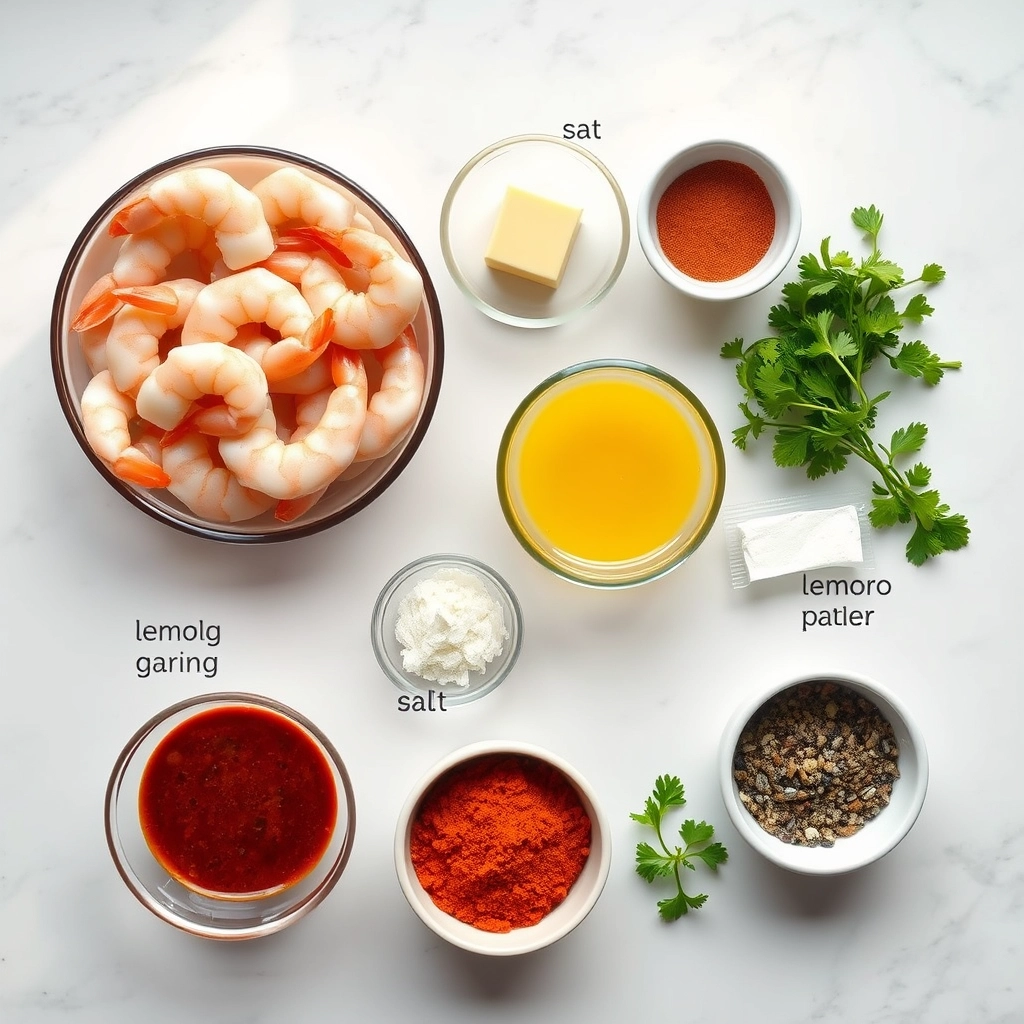
Pro Tips, Variations, and Substitutions
This shrimp marinade is wonderfully versatile, so don’t be afraid to tweak it to your taste! Here are a few ideas to make it your own:
- Spice it up: Add a pinch of red pepper flakes or a dash of hot sauce for a little kick.
- Citrus swap: No lemons? Limes or oranges work beautifully too.
- Herb variations: Swap parsley for cilantro or basil for a fresh twist.
- Honey or maple syrup: If you prefer a touch of sweetness, replace brown sugar with honey or maple syrup.
For the best results, marinate your shrimp for at least 15 minutes—but no longer than 2 hours. The acid in the lemon juice can start to “cook” the shrimp if left too long, making them mushy.
What to Serve With Marinated Shrimp
This flavorful shrimp pairs perfectly with so many dishes! Here are a few of our favorites:
- Grilled veggies: Skewered bell peppers, zucchini, and onions make a colorful side.
- Garlic butter rice: A simple, fluffy bed of rice soaks up all the delicious marinade.
- Fresh salad: A crisp Caesar or a light arugula salad balances the richness.
- Crusty bread: Perfect for mopping up every last bit of sauce!
Storage and Reheating Tips
If you have leftovers (though we doubt you will!), here’s how to keep them tasting great:
- Refrigerate: Store cooked shrimp in an airtight container for up to 2 days.
- Reheat gently: Warm in a skillet over low heat or in the microwave at 50% power to avoid rubbery shrimp.
- Freezing: Freeze uncooked marinated shrimp for up to 1 month—thaw in the fridge before cooking.
Frequently Asked Questions
Can I use frozen shrimp?
Absolutely! Just thaw them completely in the fridge before marinating. Pat them dry to help the marinade cling better.
How do I prevent shrimp from sticking to the grill?
Make sure your grill grates are clean and well-oiled before cooking. Using skewers or a grill basket also helps!
Can I bake this shrimp instead of grilling?
Yes! Bake at 400°F (200°C) for 8–10 minutes, flipping halfway, until pink and opaque.
Is this marinade good for other proteins?
Definitely! It works wonderfully with chicken, scallops, or even tofu for a vegetarian option.
Final Thoughts
There’s something truly special about a meal that comes together quickly yet tastes like it took hours of love to prepare. This shrimp marinade is one of those magical recipes—simple, flavorful, and always a crowd-pleaser. Whether you’re firing up the grill for a summer cookout or just craving a quick weeknight dinner, this dish is sure to bring smiles to the table. Happy cooking, friends!
PrintGarlic Butter Shrimp Marinade
Description
A simple yet flavorful marinade for shrimp that brings out its natural sweetness with garlic and butter.
Ingredients
For the Crust:
- 1 lb large shrimp, peeled and deveined
- 4 cloves garlic, minced
- 1/4 cup melted butter
- 2 tbsp lemon juice
- 1 tsp paprika
- 1/2 tsp salt
- 1/4 tsp black pepper
- 2 tbsp chopped fresh parsley
Instructions
1. Prepare the Crust:
- In a bowl, combine melted butter, minced garlic, lemon juice, paprika, salt, and black pepper.
- Add the shrimp to the marinade, ensuring each piece is well coated. Cover and refrigerate for at least 30 minutes.
- Heat a skillet over medium-high heat. Cook the shrimp for 2-3 minutes per side until pink and opaque.
- Garnish with fresh parsley before serving.
Notes
You can customize the seasonings to taste.


